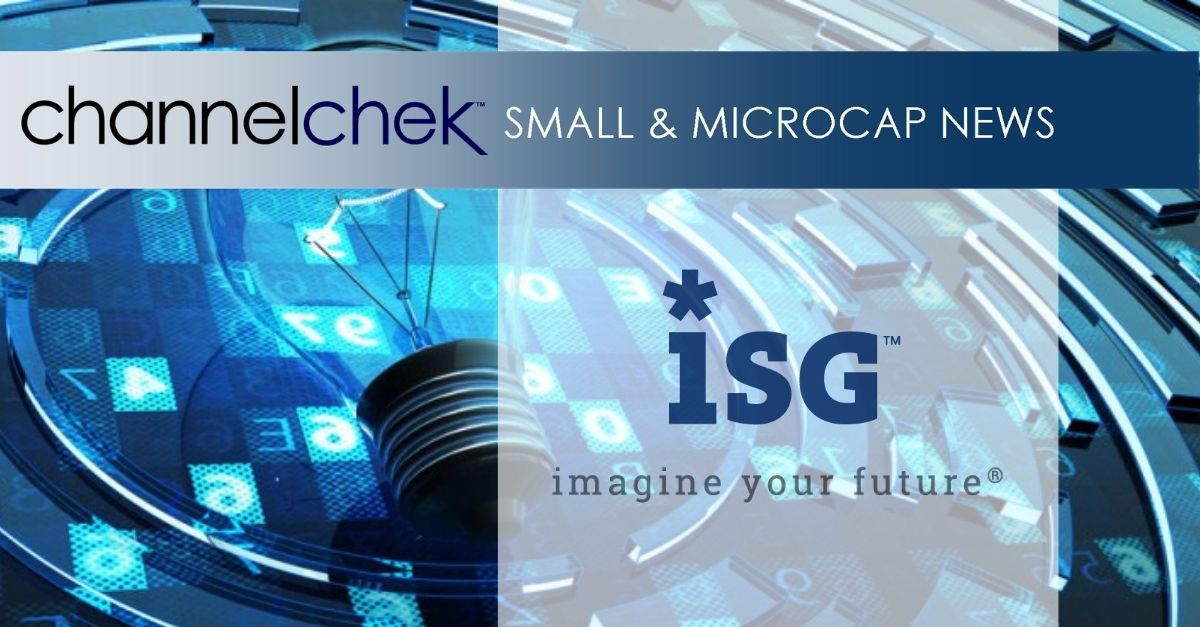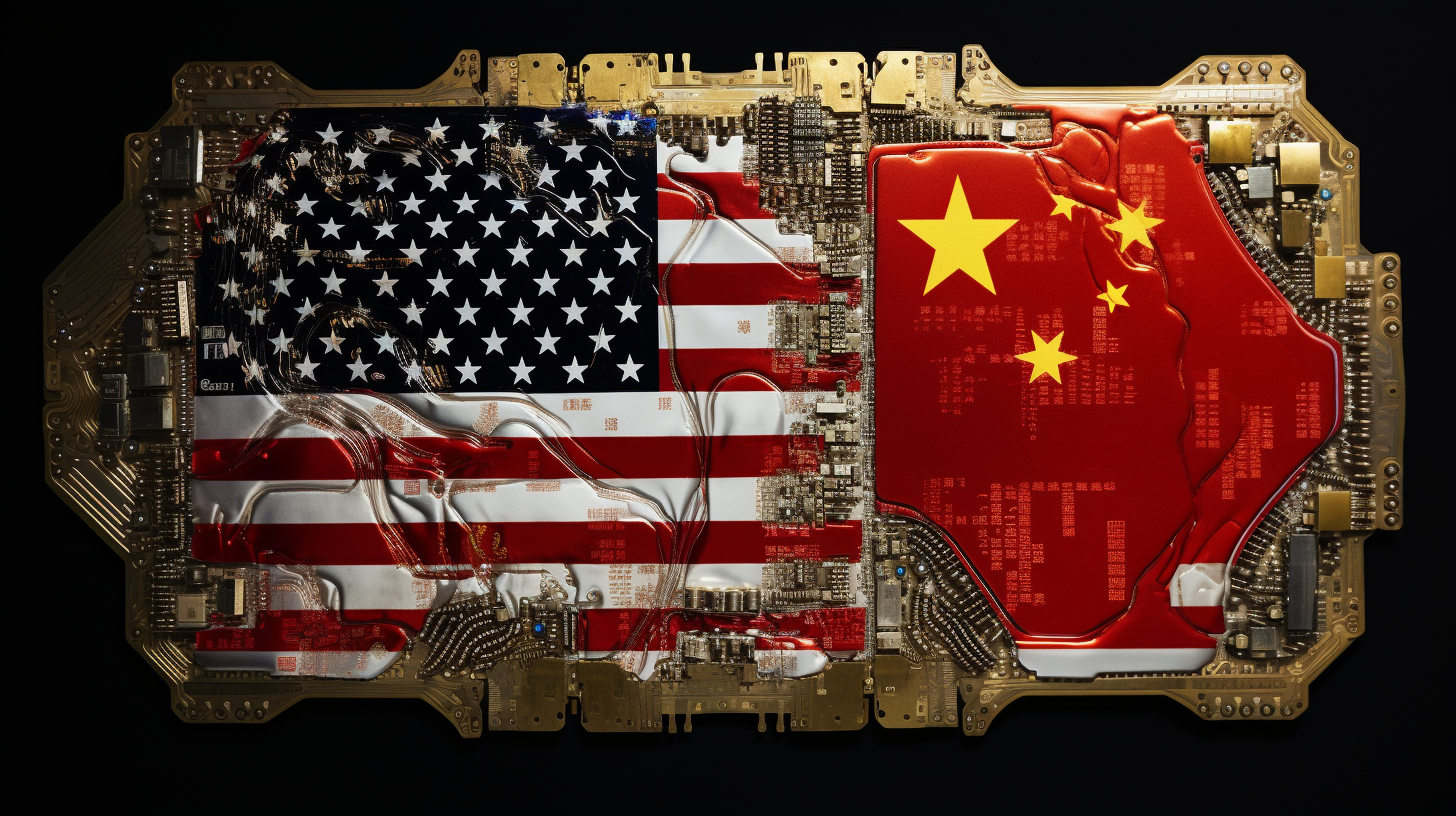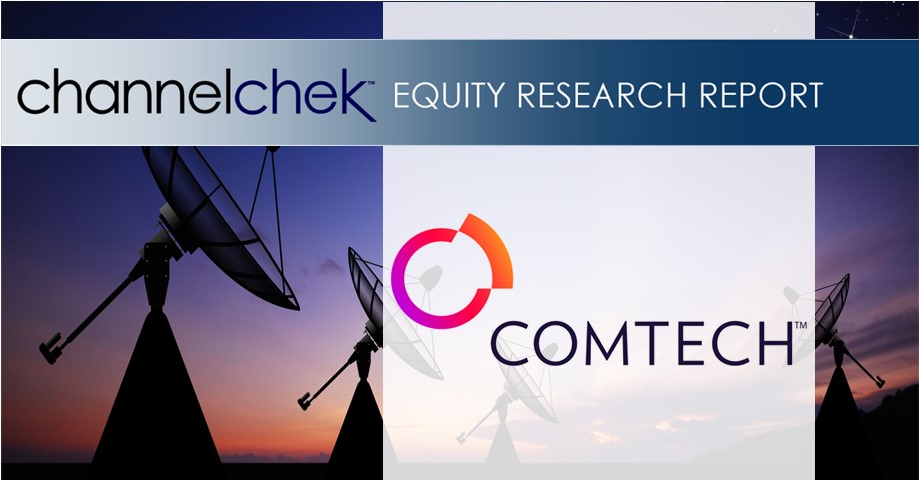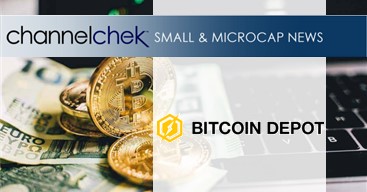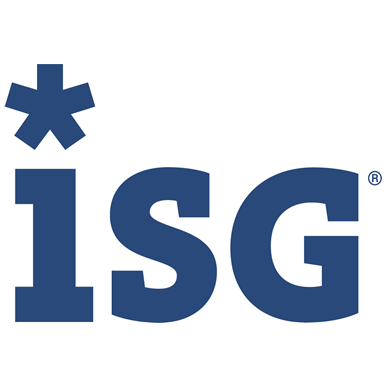
Research News and Market Data on III
10/27/2023
Leaders with Amazon, Atos, Foundever, Kinseed and Unisys named winners in five award categories
LONDON–(BUSINESS WIRE)– Information Services Group (ISG) (Nasdaq: III), a leading global technology research and advisory firm, today announced the winners of the first ISG Women in Digital Awards program for the Europe, Middle East and Africa (EMEA) region, recognizing women and their achievements in the digital world.
At a live, virtual award ceremony yesterday, leaders with Amazon, Atos, Foundever, Kinseed and Unisys were honored as winners in five categories, as selected by a panel of industry judges.
“The winners of the inaugural ISG Women in Digital Awards program in EMEA were chosen from an exceptional field of more than 100 highly accomplished finalists,” said Steve Hall, partner and president, ISG EMEA. “It is an honor to recognize the accomplishments and skills our nominees and winners are bringing to the digital industry.”
An independent panel of judges, comprised of Helen Ricardo, vice president, head of Strategic Growth, Atos; Isabelle Roux-Chenu, former group general counsel, head of Group Commercial & Contract Management and senior advisor to Group Chairman & CEO for Capgemini, and Ola Chowning, partner and Digital lead for ISG North Europe, evaluated the nominations and selected the following winners:
Rising Star: for demonstrating exceptional and continuous growth, with increasing levels of leadership, responsibility and sphere of impact:
Gold Winner: Mariana Diniz, vice president, head of global digital solutions, Foundever
Silver Winner: Aditi Sarao, senior director, new business UK&I, Tech Mahindra
Bronze Winner: Alexandra Dehnert, vice president, Genpact
Women’s Advocate: for playing an active role guiding women to succeed in the digital world:
Gold Winner: Mitali Gohel, senior program manager, Amazon
Silver Winner: Karin Schönwetter, vice president and technology managing director, IBM
Bronze Winner: Vinoliah Martin, client executive, Microsoft South Africa
Digital Innovator: for making a significant impact on an organization, business or client through creative use of digital solutions:
Gold Winner: Pal Bhusate, CEO and founder of Kinseed
Silver Winner: Ruha Antony, lead innovation and technology, Nestlé Germany
Bronze Winner: Anca Iordanescu, vice president of engineering – Stores of the Future, IKEA
Rock Star Leader: for leading a major transformation with significant business impact and demonstrating exceptional leadership skills:
Gold Winner: Berenice Chassagne, CEO of Growing Markets, Atos
Silver Winner: Nicole Henderson, deputy director, Business Relationship Management, UNHCR
Bronze Winner: Moira Cheng, senior manager, IT Operations & Experience, Vodafone
Patrycja Sobera, global vice president of delivery for Digital Workplace Solutions, Unisys, was chosen by the judges as the Digital Titan of the Year for EMEA from the entire pool of regional nominees, recognizing her as the most outstanding woman in digital for the region for 2023.
The awards program, launched in the Americas in 2022, was expanded for 2023 to the EMEA and Asia Pacific regions, including India. The global program received a total of 327 nominees, who are listed in an online ISG Women in Digital eBook. Awards for EMEA were presented October 26, at 6 p.m., BST. Awards for the Americas were presented on September 7, and Awards for Asia Pacific and India were presented on October 11.
“Women are breaking barriers and making lasting, positive changes in digital and technology leadership roles,” said Kimberly Tobias, ISG director and head of the ISG Women in Digital program. “We are honored to recognize the success of each person nominated. Congratulations to our 2023 winners.”
Created in 2018, the ISG Women in Digital community provides a platform to exchange practical advice and innovative ideas on diversity and advancement in the workplace. The community hosts a LinkedIn page, an ongoing ISG Digital Dish podcast series, and regular events for ISG employees and the greater IT and business services industry.
For more information about the ISG Women in Digital Awards, contact ISG.
About ISG
ISG (Information Services Group) (Nasdaq: III) is a leading global technology research and advisory firm. A trusted business partner to more than 900 clients, including more than 75 of the world’s top 100 enterprises, ISG is committed to helping corporations, public sector organizations, and service and technology providers achieve operational excellence and faster growth. The firm specializes in digital transformation services, including automation, cloud and data analytics; sourcing advisory; managed governance and risk services; network carrier services; strategy and operations design; change management; market intelligence and technology research and analysis. Founded in 2006, and based in Stamford, Conn., ISG employs more than 1,600 digital-ready professionals operating in more than 20 countries—a global team known for its innovative thinking, market influence, deep industry and technology expertise, and world-class research and analytical capabilities based on the industry’s most comprehensive marketplace data. For more information, visit www.isg-one.com.
Source: Information Services Group, Inc.
